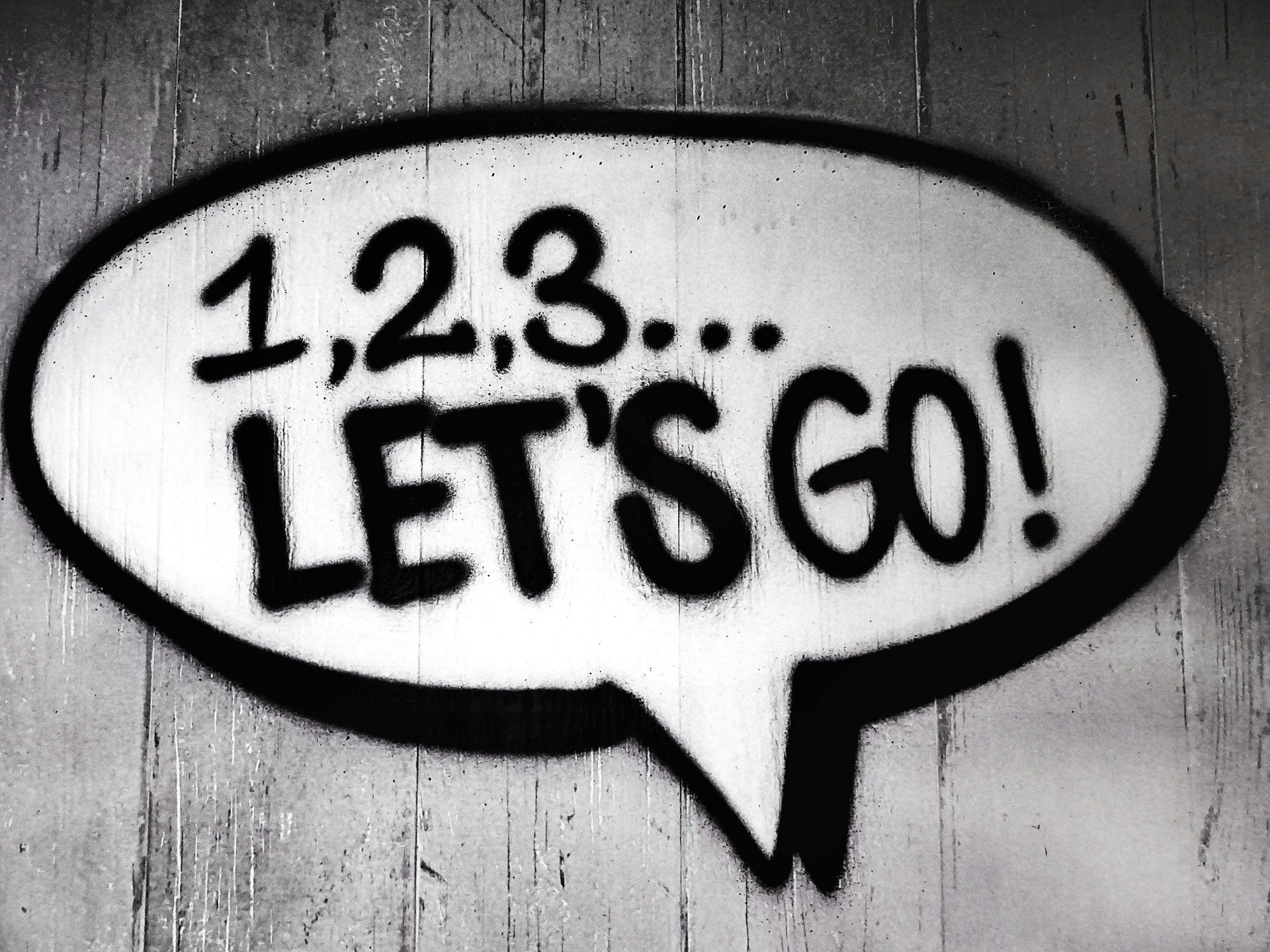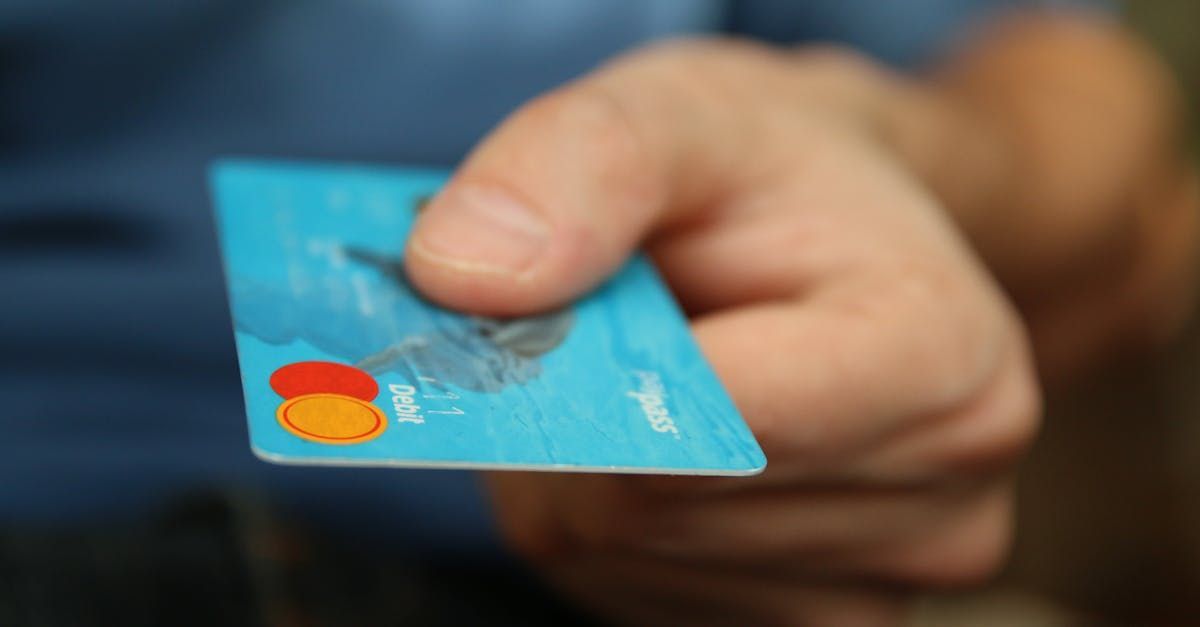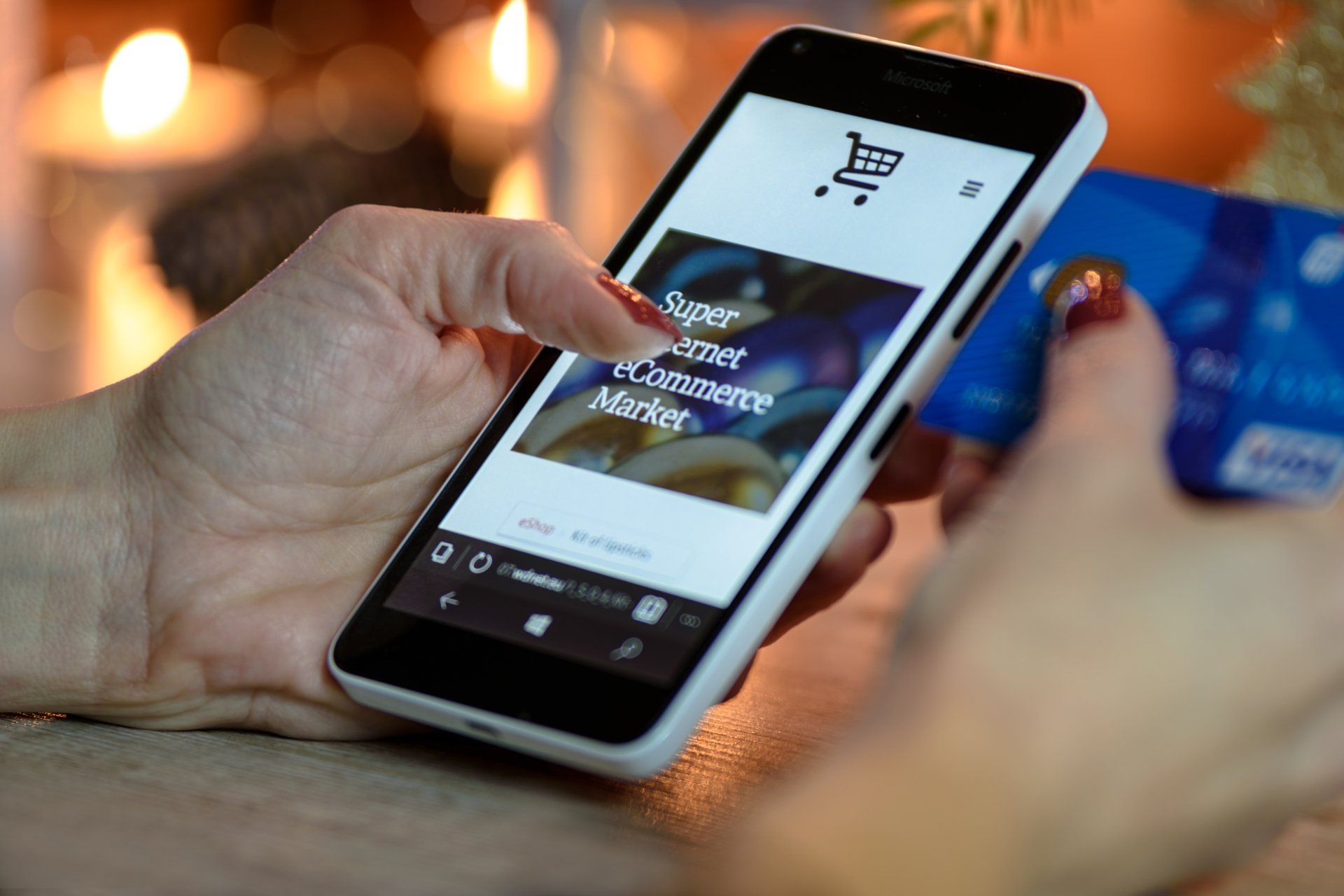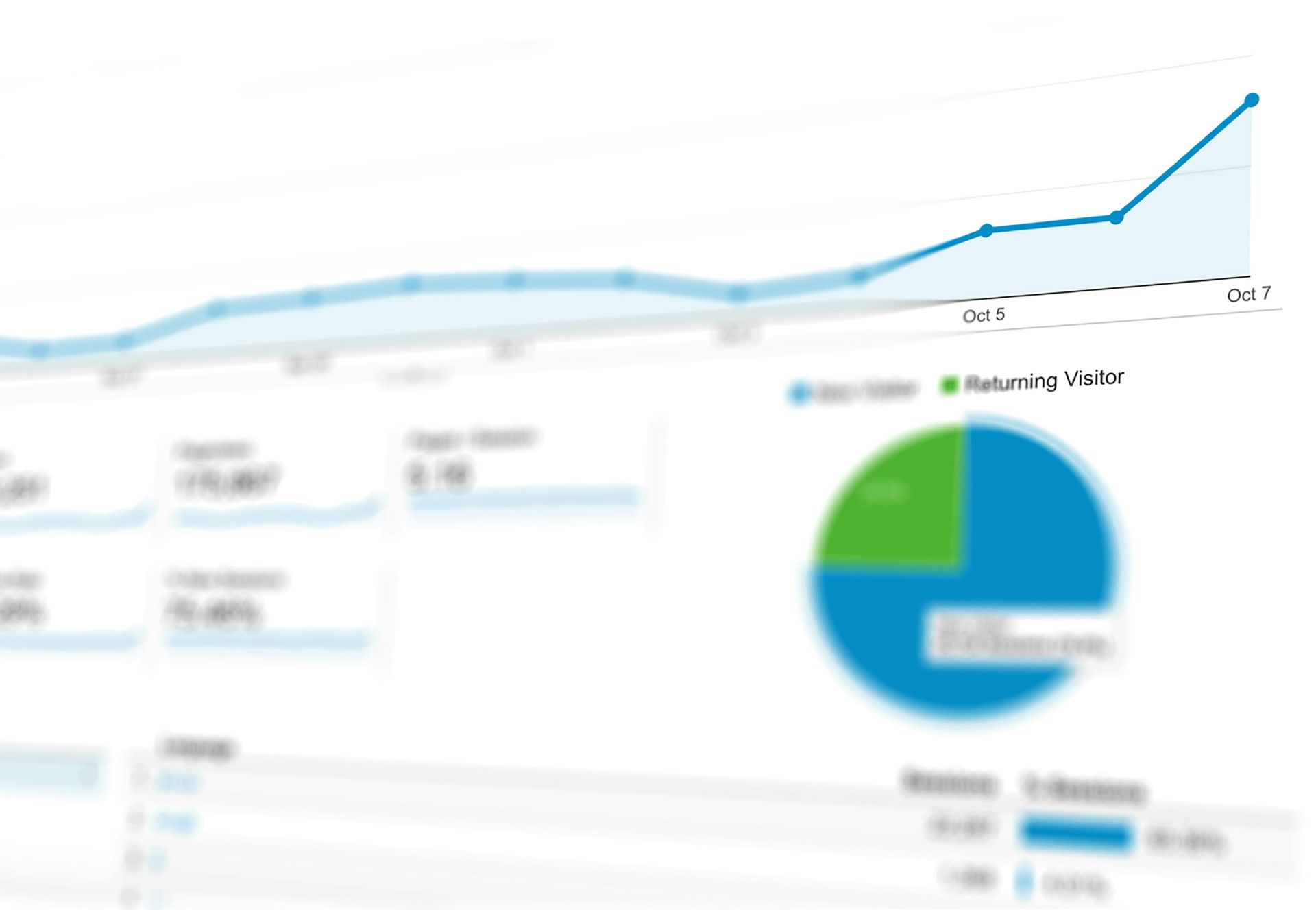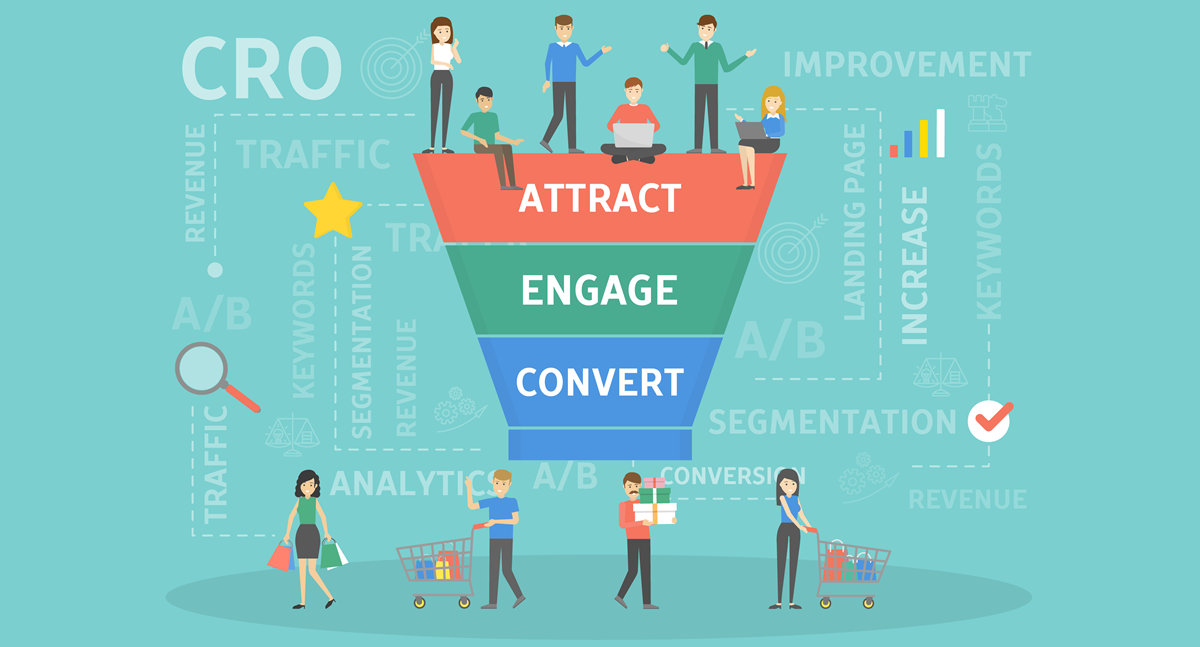The Importance of Using Alt Text on Images for Your E-Commerce Store
In the bustling world of e-commerce, every detail counts. One such detail, often overlooked yet highly significant, is the use of alt text for images.
Alt text, or alternative text, is a brief description added to an image's HTML tag, providing context for what the image represents. This seemingly small addition can have a substantial impact on your website's accessibility, SEO, and overall user experience. Here's why you should prioritize alt text in your e-commerce strategy.
Boost Your SEO Rankings
Search engines, like Google, cannot "see" images the way humans do. They rely on alt text to understand the content and context of images. By including descriptive, keyword-rich alt text, you can enhance your SEO efforts. This helps search engines index your images properly, making them appear in image search results. Better indexing and visibility can lead to increased traffic to your site, potentially boosting sales.
Improve Accessibility for All Users
Accessibility is not just a buzzword; it's a necessity. Alt text ensures that visually impaired users, who rely on screen readers to navigate the web, can understand the content of your images. Screen readers use alt text to describe images, making your site more accessible and inclusive. This is not only a best practice but also aligns with legal requirements like the Americans with Disabilities Act (ADA), which mandates web accessibility.
Enhance User Experience
Imagine browsing an online store with broken images or slow-loading graphics. Without alt text, users have no way of knowing what those images are supposed to represent, leading to frustration and a poor shopping experience. Alt text serves as a placeholder, informing users about the image content even if the image fails to load. This ensures that your site remains informative and user-friendly, no matter the circumstances.
Support Social Media Sharing
When users share your content on social media platforms, images often accompany these shares. Alt text can play a crucial role here as well. Social media platforms like Twitter use alt text to provide context for images, helping users understand the content. By optimizing your alt text, you can improve the way your images are displayed and described on social media, enhancing your brand's visibility and engagement.
Best Practices for Writing Alt Text
To maximize the benefits of alt text, it's essential to follow some best practices:
- Be Descriptive and Specific: Clearly describe the image content. For instance, instead of "shirt," use "blue denim shirt with white buttons."
- Include Keywords: Incorporate relevant keywords naturally. Avoid keyword stuffing, as it can harm your SEO.
- Keep It Concise: Aim for a balance between being descriptive and concise. Typically, alt text should be around 125 characters or fewer.
- Avoid Redundancy: If the image is already explained in the surrounding text, there's no need to repeat that information in the alt text.
- Don’t Use “Image of”: Screen readers already announce an image, so phrases like “image of” or “picture of” are unnecessary.
Integrating alt text into your e-commerce site’s images is a small yet powerful step towards improving your SEO, accessibility, and user experience. At WebStoreSEO, we understand the nuances of
e-commerce optimization and are here to help you implement best practices like alt text to elevate your online presence. Ready to enhance your site? Contact us for a
free website audit or consultation and discover how we can help you achieve your e-commerce goals.
eCommerce SEO Blog


